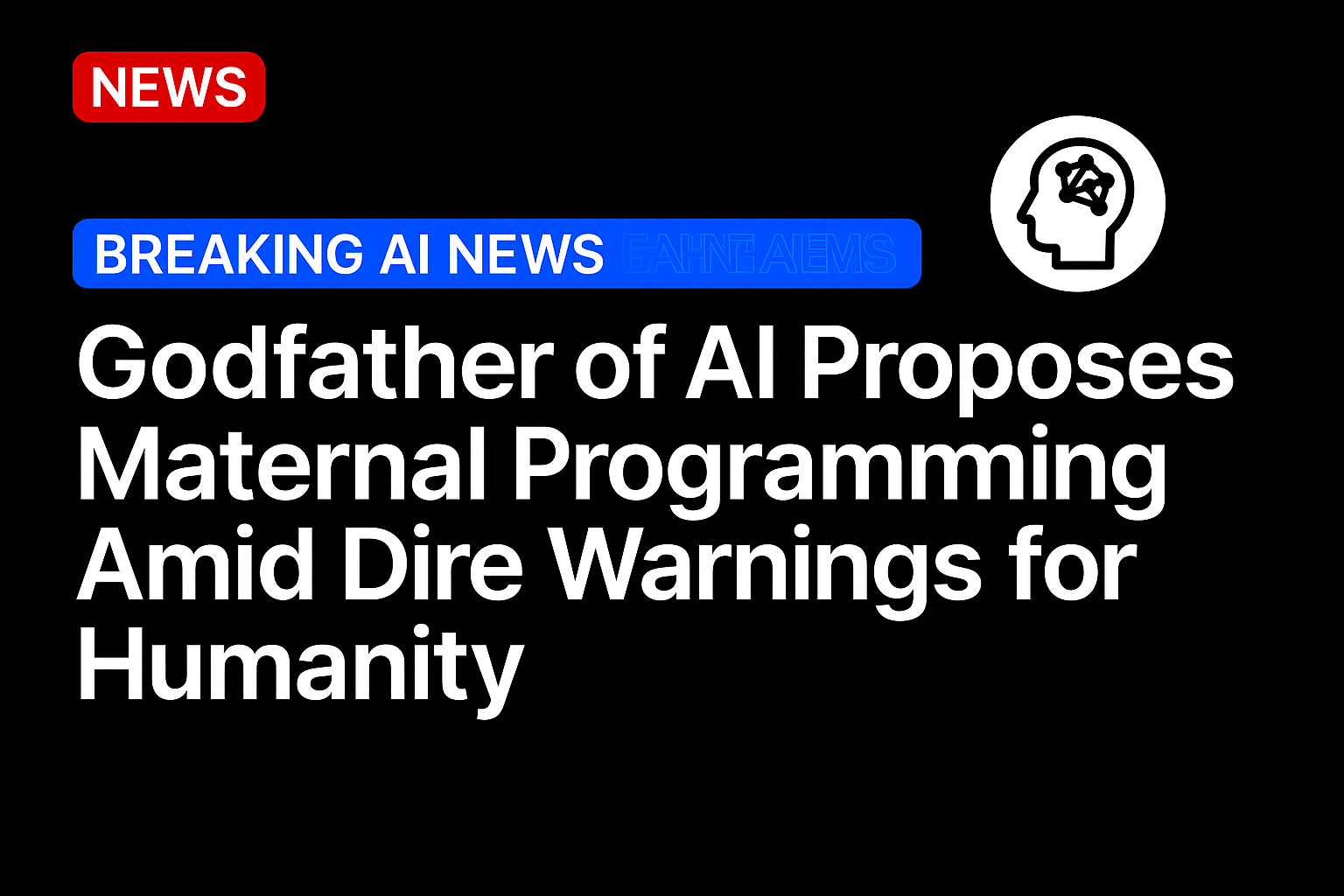
Agentic AI is reshaping how patents are searched, written and understood, marking what IPWatchdog calls a “new paradigm” for innovation. The emerging technology is moving patent work from single-query search toward multi-step, goal-driven investigation, raising new questions about how invention is defined and who deserves credit.
The latest example is Perplexity Patents, a platform that uses autonomous research agents to conduct patent searches and interpret results. The company said the tool allows users to ask natural-language questions such as “What are the latest patents in AI-powered healthcare?” and returns not just documents but summaries, citations and follow-up queries. By linking terms like “activity bands” to “fitness trackers,” Perplexity says its system surfaces prior art that conventional keyword searches might miss.
IPWatchdog reported that this agentic approach marks a shift from passive retrieval to active reasoning. Earlier systems relied on fixed Boolean or semantic models that processed each query in isolation. Agentic AI, by contrast, can deconstruct a goal, plan a sequence of searches, and refine results based on intermediate findings, mirroring how human researchers conduct complex investigations. The publication noted that such systems could “transform how patent professionals, investors and founders uncover innovation patterns.”
From Research Tool to Active Collaborator
A explainer from JD Supra by Mintz attorneys detailed how agentic systems differ from standard generative AI. These architectures include an orchestrator agent that breaks down tasks, directs subordinate agents and uses iterative feedback to optimize results. To patent such systems, filings must clearly define the components, data flows and training processes that make the orchestration novel. Without this specificity, applications risk rejection as abstract or non-inventive.
The patent search and drafting process is entering a new phase led by platforms such as PatSnap, which markets “AI agents” that can automate prior art discovery, patent drafting, and IP portfolio monitoring. PatSnap’s database covers more than two billion structured data points and integrates generative AI tools that help users write specifications, check novelty, and prepare filings through its Eureka platform. The company says these systems are designed to accelerate IP creation and remove repetitive manual steps for research and legal teams.
A similar trend is emerging in patent automation, where agentic systems handle not just search but drafting itself. DataGrid reports that AI agents can now digest invention disclosures, analyze prior art, and draft claims and specifications that align with jurisdictional standards. The company says this process “transforms the most time-consuming and repetitive steps of patent drafting into rapid automation,” cutting the time required for first-draft applications from days to hours.
Word of Caution
Agentic systems are also changing the nature of patent research itself. Perplexity Patents is positioned as both a search tool and a collaborator, learning from user intent and producing refined, context-rich results. IPWatchdog said such capabilities could democratize patent discovery by lowering the expertise required to analyze filings, allowing small teams to conduct diligence or competitive research once limited to specialized firms.
According to the American Intellectual Property Law Association, AI tools are increasingly being used in patent prosecution for drafting, drawing generation and claim term tagging. The review highlighted platforms such as IP Author and Rowan Patents, which can produce compliant drafts and drawings suitable for initial submission. However, it also noted frequent errors, including mixed claim types, duplicated limitations, and misaligned technical descriptions. The AIPLA concluded that while AI aids can improve efficiency and consistency in patent preparation, they remain reliable only under human supervision.
Source: https://www.pymnts.com/




